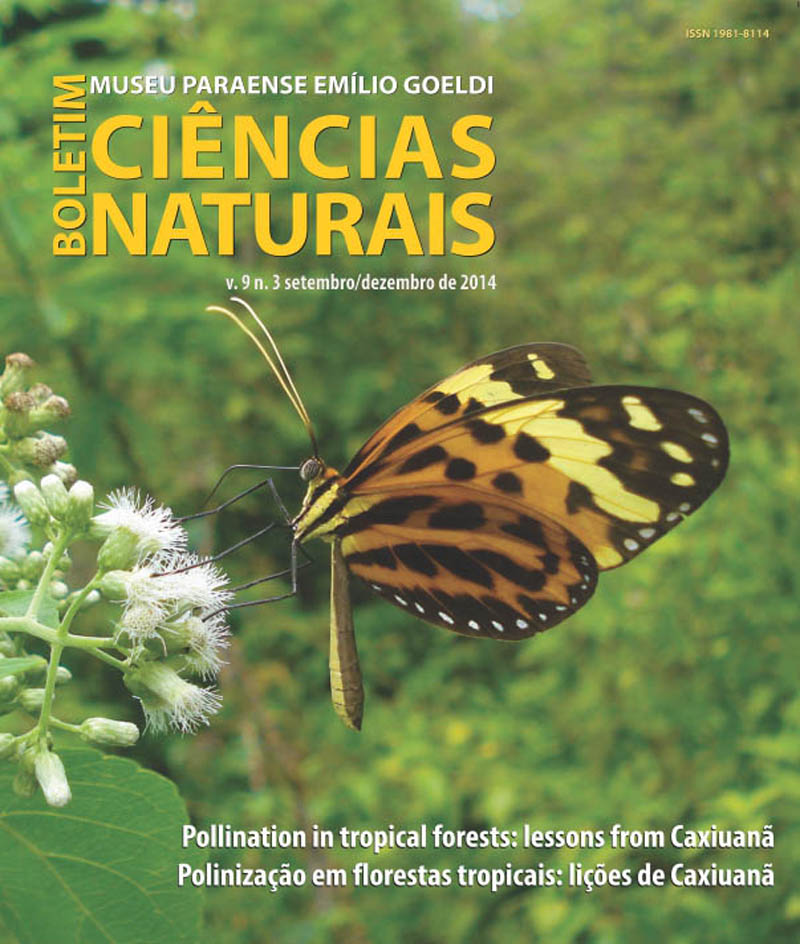Geology, petrography and geochemistry of Archaean high-magnesium granitoids of the Água Azul do Norte area, southern Carajás Domain, Pará
DOI:
https://doi.org/10.46357/bcnaturais.v9i3.509Keywords:
Granitoids, Sanukitoids, Archaean, Carajás, Amazonian cratonAbstract
The Mesoarchaean high-Mg granitoids that outcrop in the Água Azul do Norte area occur as two elongated and deformed bodies in the E-W direction. They are bodies composed of mylonitic porphyritic granodiorites and tonalites, with amphibole, biotite, and epidote as the main mafic minerals. Their evolution is marked by fractionation of Fe2O3, MgO, TiO2, and Al2O3, an increase of K2O and K2O/Na2O ratio from the amphibole-rich facies toward the more evolved facies with biotite. Sr, Y, Zr, #Mg, Ni, Cr, and Sr/Ba decrease, whereas Rb, Ba, and Rb/Sr increase towards the more differentiated facies. The rare earth elements (REE) patterns show a significant fractionation of heavy rare earth elements (HREE) with moderate LaN/YbN ratio and discrete anomalies of Eu. The studied rocks are predominantly metaluminous, with high values of #Mg, Cr, and Ni, distinct geochemically from calc-alkaline series of active continental margins and Archaean TTG suites and leucogranodiorites. The petrographic and geochemical affinity between the studied rocks and classical occurrences of high-Mg granitoids suggest that they can be part of a similar magmatic suite, identified for the first time in this part of the Carajás Province.
Downloads
Published
Issue
Section
License
Publication means fully assigning and transferring all copyrights of the manuscript to the journal. The Liability Statement and
Assignment of Copyrights will be enclosed with the notice of acceptance. All the authors must sign the document and return it to the journal.






